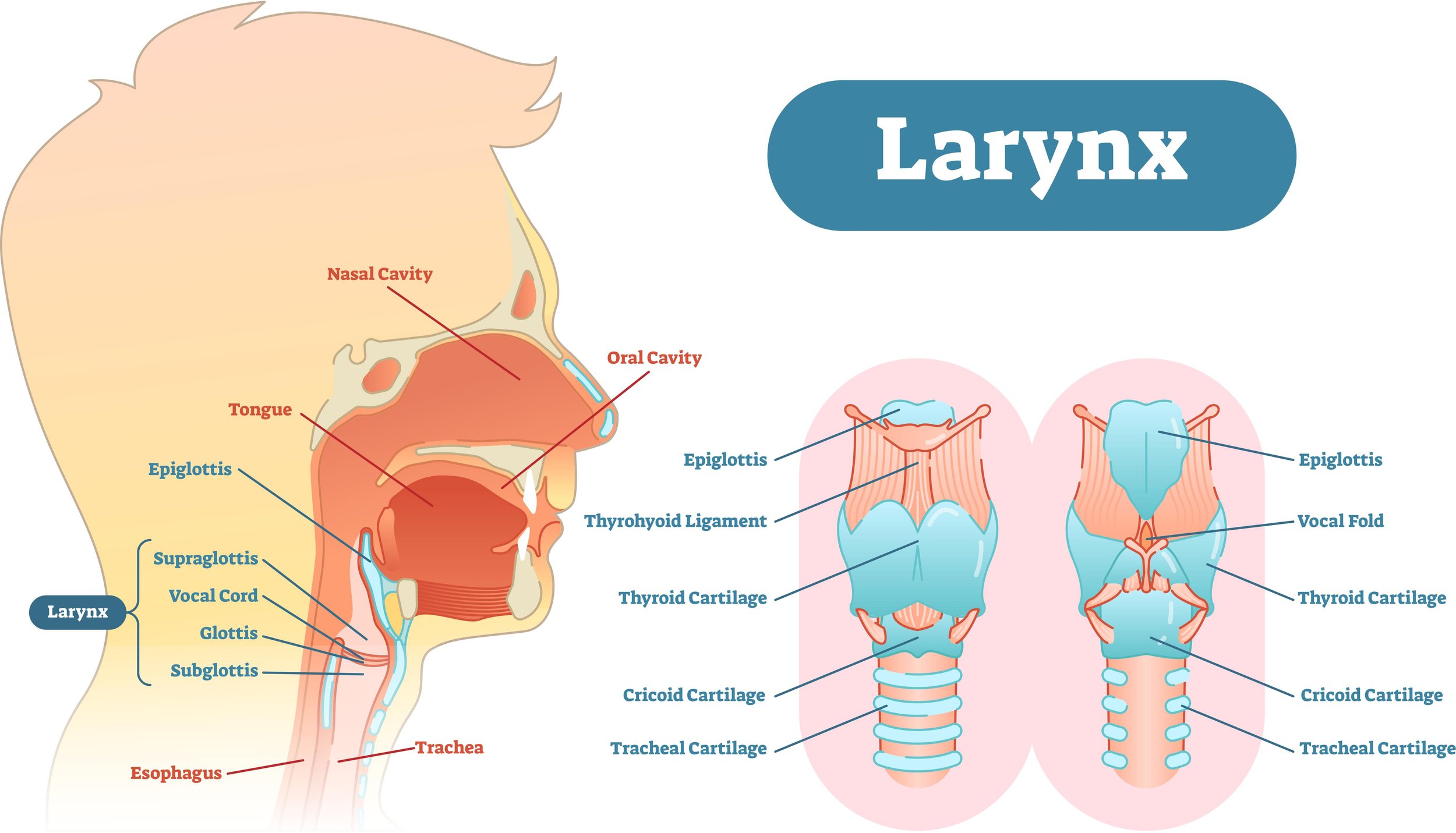Vocal Feminization: What is Vocal Fold Mass, or Vocal Weight?
If you’re working on vocal feminization, you’ve probably heard the phrase, “vocal fold mass”, or “vocal weight”. But with all the different vocal elements that can be changed, it can be hard to keep them straight.
So I’m going to explain what vocal fold mass is, and how manipulating it can change the weight of your voice so you can achieve a lighter, more feminine vocal quality.
How does testosterone effect the voice?
When a person goes through a testosterone puberty, it affects the voice in a couple different ways. First, it changes the size and shape of your vocal tract. This includes the increase in size of the larynx, or the cartilage structure that houses your vocal folds. Because of that larger space in the larynx, and in the rest of the vocal tract, it causes a darker resonance. Check out my blogs on resonance and the vocal tract to learn more!
Testosterone also affects the vocal folds themselves. They become longer and thicker. The length makes the pitch lower, and the thickness creates a compressed, buzzy sound.
So these three areas, the dark resonance, the lower pitch, and the thickness of the sound are all results of testosterone, and characteristics that we associate with a more masculine sounding voice.
Below, I’m going to be addressing the thickness of the vocal folds, or the vocal fold mass, an I’m going to show you how you can feminize your voice by getting a thinner and less buzzy sound.
What is Vocal Fold Mass?
Our vocal folds are two bands of tissue that vibrate together. The ideal for a healthy voice is total closure of the two bands. When there’s more engagement from the muscle tissue, and more closure than not, we get a thicker sound, or more vocal fold mass.
If our vocal folds are not closing all the way, when we phonate or make a sound, we’ll get a breathy quality.
Our goal for vocal feminization is a thin, easy, agile sound where we get good closure of the vocal folds, without too much pressure.
Vocal Onset
We want to make sure we have a balanced onset, or beginning of the sound. When we use a thick sound, we often start with a glottal onset.
You can try this sound by pretending to (or actually) lift something heavy, and hold your breath. That feeling of closure in your throat is the glottis, or the space between the vocal folds, pressing together tightly.
When we begin this way, our vocal folds are starting from a completely closed position, and then popping open with a lot of pressure behind them.
For a breathy onset, our vocal folds will be in an open position before we start making a sound. Since there is already air coming through, it can make it can feel harder to start making a sound.
And finally, we get to a balanced onset. This is somewhere in the middle, where our vocal folds are not overly engaged, and not overly adducted or abducted to star, and we achieve a light sound.
Click the video above and follow along with the exercises to find your thin sound!
Thanks for reading, and I hope this was helpful!
Book your first lesson here !





















